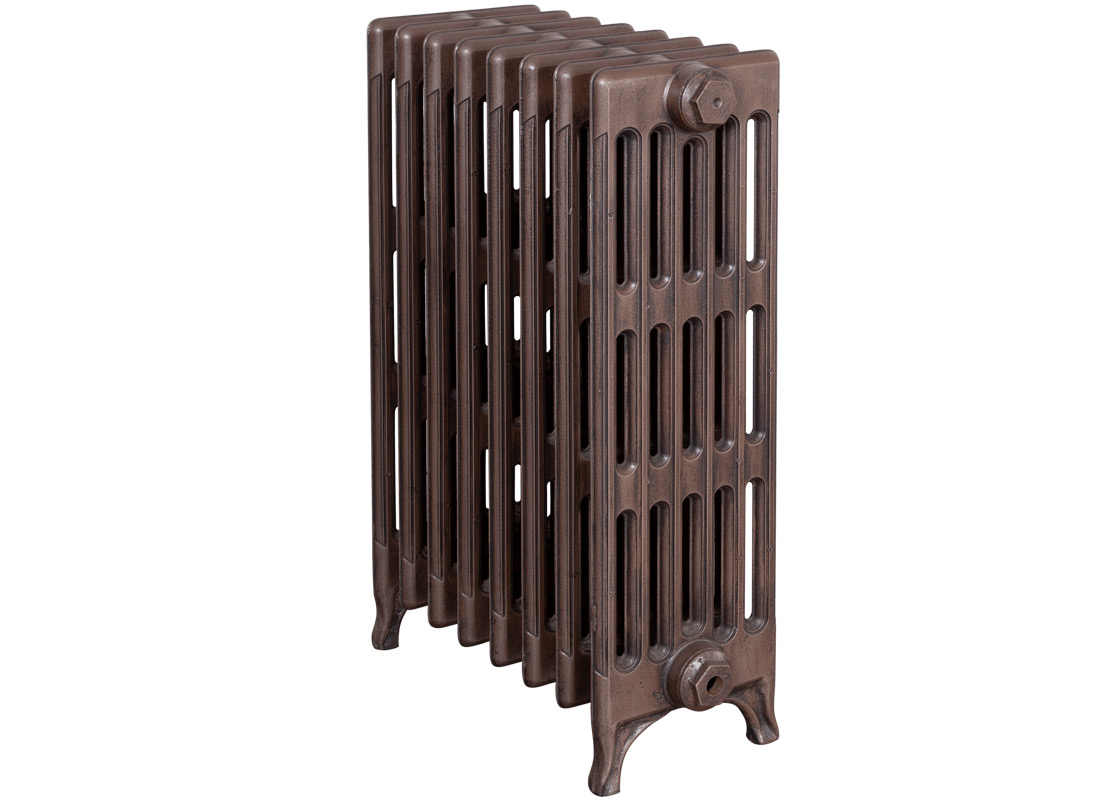
Construction in Perth, Australia, is a dynamic and ever-evolving industry, with a multitude of commercial projects that showcase the talent and expertise of the top construction companies in the region. From high-rise office buildings to state-of-the-art shopping centers, these companies have left their mark on the city's skyline with their innovative designs and impeccable craftsmanship. Let's take a closer look at some of the most impressive projects undertaken by Perth's top commercial construction companies.
Projects by Company A
Project 1: Office Tower X
- Location: Central Business District
- Description: A sleek and modern office tower that houses multiple businesses and offers panoramic views of the city.
- Features: Sustainable design elements, smart technology integration, and a rooftop garden for employees.
Project 2: Retail Complex Y
- Location: Suburban Area
- Description: A vibrant retail complex that combines shopping, dining, and entertainment in one convenient location.
- Features: Open-air promenades, unique architectural details, and ample parking space for visitors.
Projects by Company B
Project 1: Hotel Z
- Location: Waterfront Area
- Description: A luxurious hotel with waterfront views, upscale amenities, and world-class hospitality services.
- Features: Infinity pool, fine dining restaurants, spa and wellness center, and conference facilities.
Project 2: Mixed-Use Development W
- Location: Urban Renewal Zone
- Description: A mixed-use development that blends residential, commercial, and leisure spaces in a vibrant city neighborhood.
- Features: Luxury apartments, boutique shops, coworking spaces, and landscaped public plazas.
Projects by Company C
Project 1: Convention Center V
- Location: Cultural Precinct
- Description: A state-of-the-art convention center with flexible event spaces, advanced audiovisual capabilities, and catering services.
- Features: Green building certifications, LEED-compliant design, and sustainable practices in operation.
Project 2: Industrial Park U
- Location: Industrial Zone
- Description: An industrial park that offers warehouses, distribution centers, and office spaces for businesses in logistics and manufacturing sectors.
- Features: Heavy-duty infrastructure, truck access ramps, 24/7 security, and customizable spaces for tenants.
Conclusion
The construction projects undertaken by Perth's top commercial companies not only contribute to the city's economic growth but also enhance its architectural landscape. These companies' commitment to innovation, sustainability, and quality craftsmanship is evident in the diverse range of projects they have completed. From iconic high-rises to community-centric developments, each project reflects the unique vision and expertise of the construction companies involved. As Perth continues to grow and evolve, these companies will play a crucial role in shaping its future skyline with their artistry and dedication to excellence.









